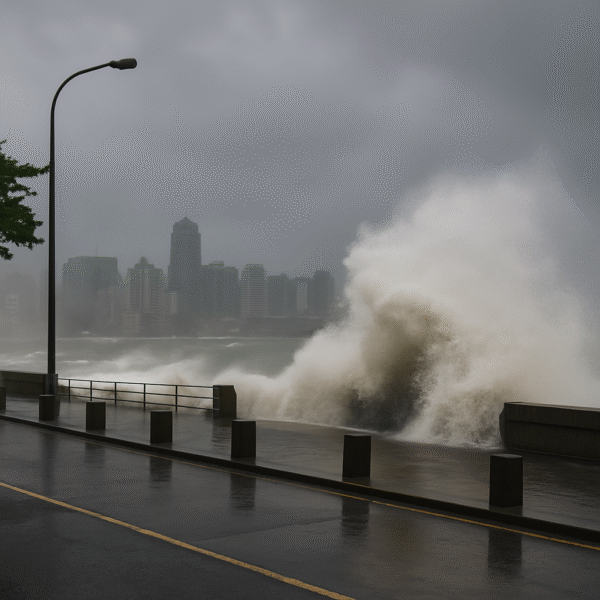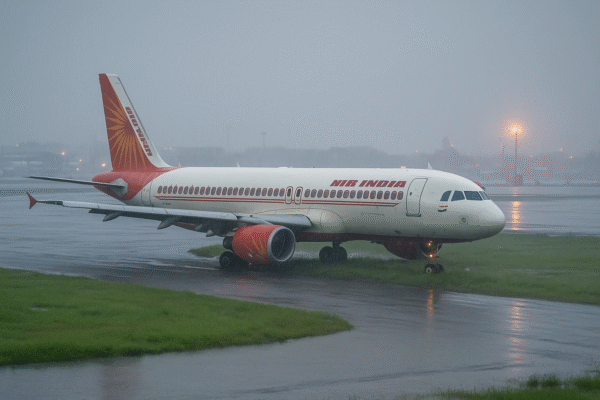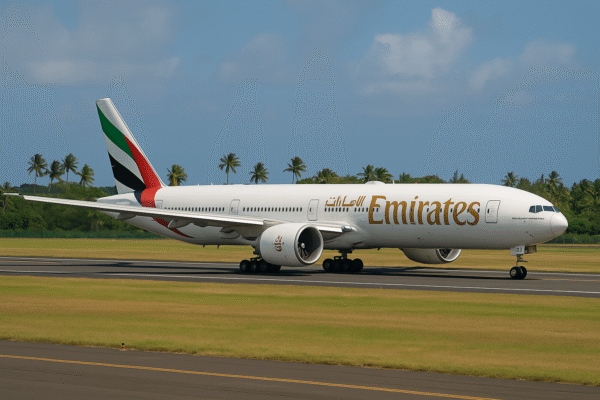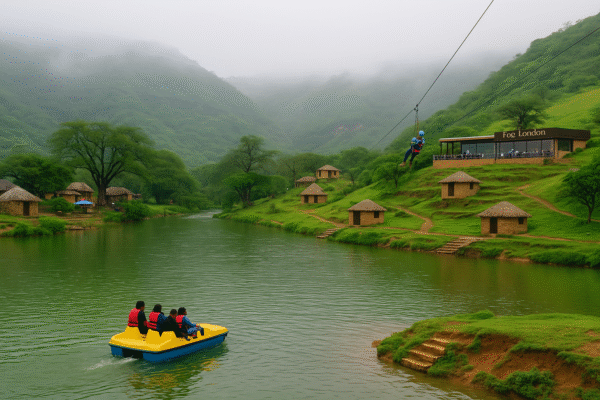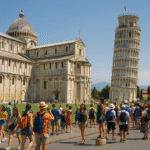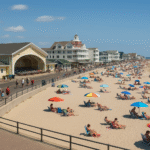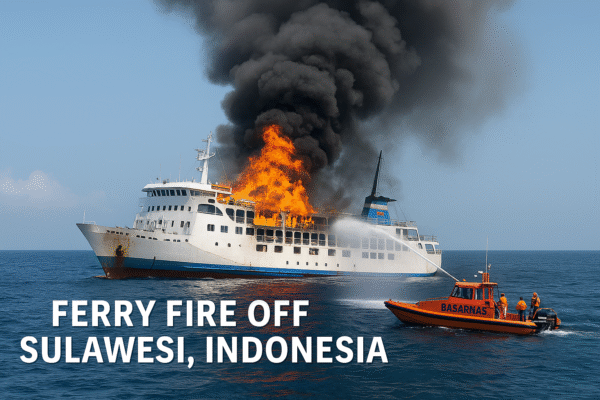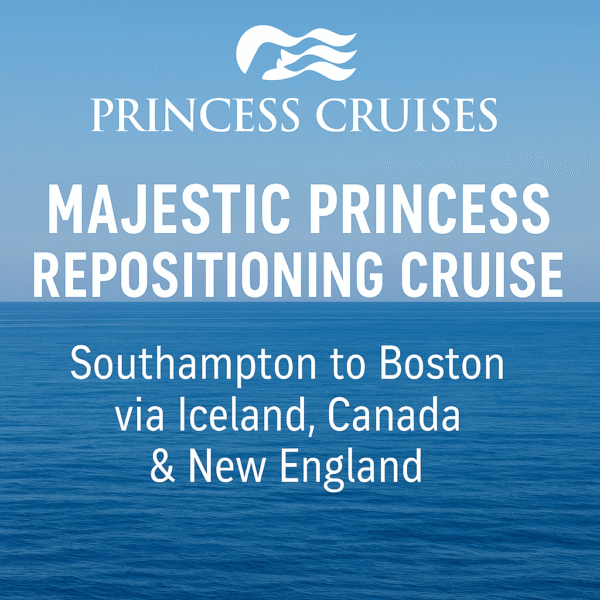Wadi Darbat, Salalah, and Mirbat are experiencing a transformative tourism revival during the 2025 Khareef season, powered by a surge of Omani youth entrepreneurship. As monsoon mist blankets the emerald mountains of Dhofar Governorate, young Omanis are blending innovation, tradition, and sustainability to create immersive visitor experiences that now run year-round.
Once primarily a seasonal attraction, Wadi Darbat is becoming a model for rural tourism development through youth-led projects ranging from eco-accommodations to adventure experiences. Supported by Oman’s Vision 2040 and strategic partnerships with the Small and Medium Enterprises Development Authority (Riyada) and the Ministry of Culture, Sports and Youth, these ventures represent a new wave of economic diversification in the Sultanate.
Khareef 2025: A Turning Point for Youth Tourism Innovation
The Khareef, Oman’s famed monsoon season, attracts tens of thousands of regional travelers between June and September. However, the 2025 season is witnessing more than waterfalls and fog — it’s ushering in a youth-led cultural movement.
From rope climbing and boating to homegrown cafes and heritage-style lodges, Omani youth are transforming how visitors experience Dhofar. According to the Ministry of Heritage and Tourism, Wadi Darbat is now considered a living case study in sustainable, community-based tourism.
Darbat Park Boats: A Homegrown Success Story
What began with four boats has grown into a fleet of 85, thanks to Mohammed Mohsen Al-Maamari, the visionary behind Darbat Park Boats. Employing over 45 young Omanis, the business thrives on a commitment to professionalism and visitor satisfaction. Infrastructure support from the Ministry — including new docking zones and on-site café options — has helped position the park as a flagship for public-private partnership success in tourism.
Darbat Rural Retreat: Living Oman’s Heritage
Nestled into Wadi Darbat’s rolling hills, the Darbat Rural Retreat, led by Salim Mohammed Al Maashani, offers guests an authentic Omani village experience. Constructed using locally sourced materials like clay and wood, and offering traditional products such as homemade honey and ghee, the retreat has quickly become a favorite among GCC tourists.
Plans to expand into family lodges and agritourism experiences like goat herding and bread-making reflect a growing interest in immersive cultural tourism — a key pillar of Oman’s tourism strategy.
Ziplining into the Future: Adventure Tourism Expands
In 2022, Engineer Abdulhakim Amer Al Maashani launched Dhofar Tourism and Investment Company’s zipline project, starting with a single 120-meter line. Today, twin lines and experience zones have created over 60 seasonal jobs, with further expansions projected to generate up to 140 roles by 2026.
The project aligns with Oman’s broader shift toward adventure tourism, with a focus on youth employment, safety training, and environmental stewardship.
Café Fog London: Culinary Ambition in the Clouds
One of the region’s most picturesque cafés, Café Fog London, is the brainchild of Mohammed Khalid Jaaboub, who turned his love for nature and design into a thriving business. Located amid the misty cliffs of Wadi Darbat, the café has become a social hotspot, combining light fare with panoramic views.
This fusion of modern design and natural immersion highlights the growing demand for luxury experiences in rural settings — especially among regional millennials and Gen Z travelers.
Social Impact Beyond Employment
These ventures offer more than seasonal jobs — they cultivate identity, pride, and resilience among Omani youth. According to local stakeholders, every project encourages cultural preservation and revives lost trades, from pottery to culinary heritage. Entrepreneurs are not just participating in the economy — they are shaping the narrative of Omani tourism with authenticity and ambition.
Challenges Remain: Infrastructure and Seasonality
Despite these achievements, many youth-led ventures still face barriers, including seasonal tourism windows, overcrowding, and insufficient sanitation and parking facilities. Operators like Said Mahad Al Maashani of Darbat Huts emphasize the need for improved infrastructure and year-round visitor management systems.
Government agencies have responded with proposals to extend operating seasons, establish digital booking platforms, and develop suburban tourism zones around high-traffic sites such as Salalah, Al Baleed, and Mirbat.
Wadi Darbat: A National Model for Tourism Development
The Ministry of Heritage and Tourism views Wadi Darbat as a potential blueprint for other regions across Oman. Similar youth-driven models are under review for areas like Al Baleed Archaeological Park, the Taqah coast, and historic Mirbat, where ecological and heritage-based tourism can complement local identity.
Recent data from the National Centre for Statistics and Information (NCSI) show that southern governorates are witnessing increased domestic tourism spend, partly due to the rise in youth-owned ventures and experience-led travel options.
A Cultural Renaissance in the Making
Perhaps the greatest achievement of Khareef Dhofar 2025 is not economic — it is cultural. Every boat ride, coffee sip, and zipline descent offers a glimpse into the soul of modern Oman through the lens of its youth.
Their efforts are redefining tourism in the region: not as a seasonal transaction but as a living, breathing connection between heritage, innovation, and hospitality.
For more travel news like this, keep reading Global Travel Wire







